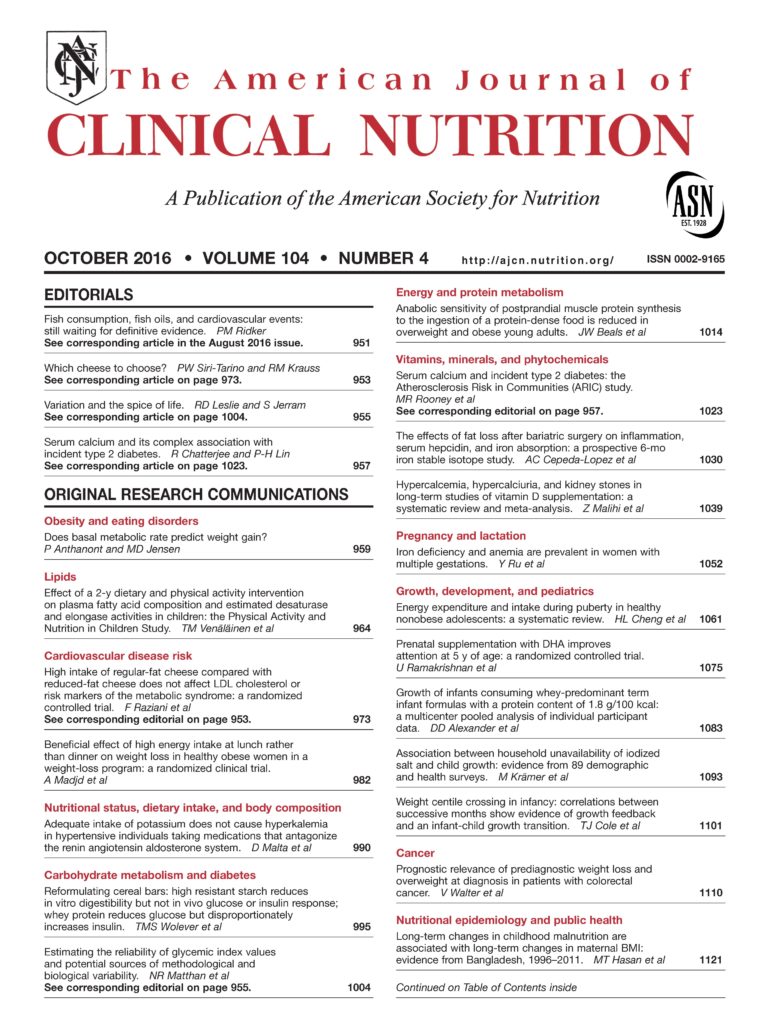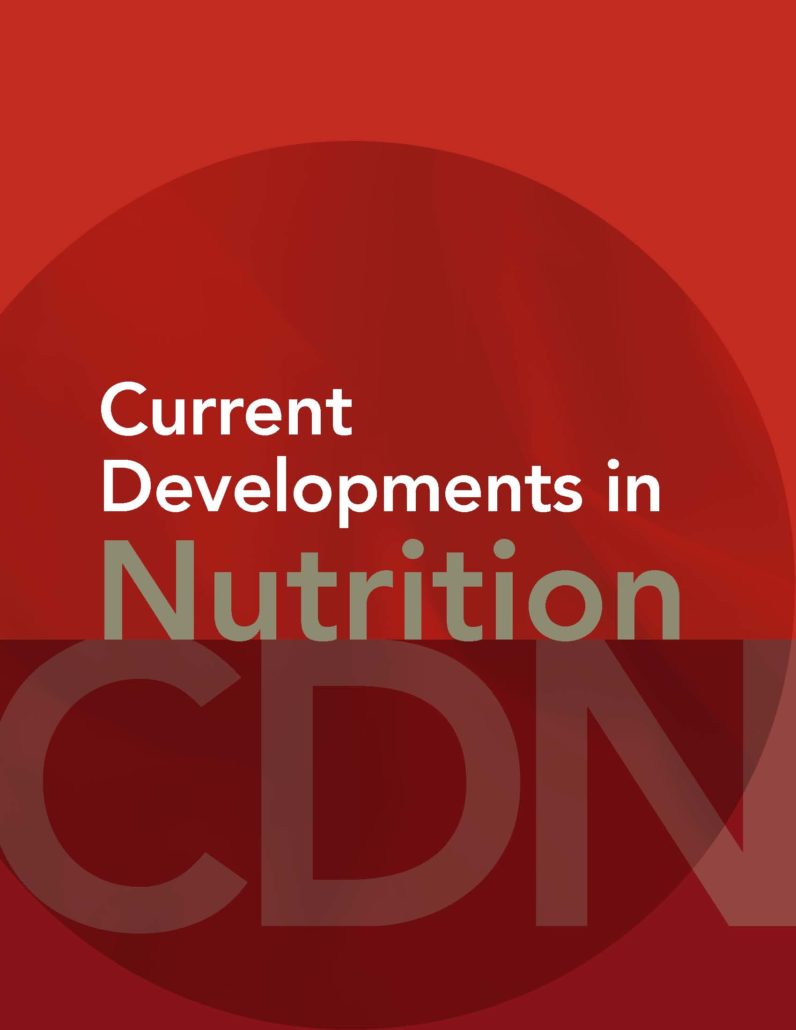The following articles from ASN Journals have been receiving attention in the news and social media:
The impact of keto-adaptation on exercise performance and the role of metabolic-regulating cytokines

The American Journal of Clinical Nutrition, nqz145, https://doi.org/10.1093/ajcn/nqz145 Published: 26 July 2019
Abstract: The ketogenic diet (KD) is a normocaloric diet composed of high-fat, low-carbohydrate, and adequate protein that induces fasting-like effects and results in the production of ketone bodies. Initially used widely for children with refractory epilepsy, the KD gained popularity due to its beneficial effects on weight loss, diabetes, and cancer. In recent years, there has been a resurgence in interest surrounding the KD and exercise performance. This review provides new insights into the adaptation period necessary for enhancement in skeletal muscle fat and ketone oxidation after sustained nutritional ketosis. In addition, this review highlights metabolically active growth factors and cytokines, which may function as important regulators of keto-adaptation in the setting of exercise and the KD.
The Relative Caloric Prices of Healthy and Unhealthy Foods Differ Systematically across Income Levels and Continents

The Journal of Nutrition, nxz158, https://doi.org/10.1093/jn/nxz158 Published: 23 July 2019
Background: Relative prices of healthy/unhealthy foods have been implicated in the obesity epidemic, but never extensively quantified across countries or empirically linked to undernutrition.
Objectives: This study compared relative caloric prices (RCPs) for different food categories across 176 countries and ascertained their associations with dietary indicators and nutrition outcomes.
Methods: We converted prices for 657 standardized food products from the 2011 International Comparison Program into caloric prices using USDA Food Composition tables. We classified products into 21 specific food groups. We constructed RCPs as the ratio of the 3 cheapest products in each food group, relative to the weighted cost of a basket of starchy staples. We analyzed RCP differences across World Bank income levels and regions and used cross-country regressions to explore associations with Demographic Health Survey dietary indicators for women 15–49 y old and children 12–23 mo old and with WHO indicators of the under-5 stunting prevalence and adult overweight prevalence.
Join ASN!
And get access to immersive learning experiences, collaboration, and networking with the greatest minds in nutrition.
Impact of Saudi Arabia’s Sugary Drink Tax on Prices and Purchases (P10-066-19)

Current Developments in Nutrition, Volume 3, Issue Supplement_1, June 2019, nzz034.P10-066-19, https://doi.org/10.1093/cdn/nzz034.P10-066-19 Published: 13 June 2019
Objectives: Consumption of sugar-sweetened beverages (SSBs) has been associated with weight gain and an increased risk of type 2 diabetes and cardiovascular disease. Use of governmental policies, such as taxation, to reduce SSB consumption, has been successful in a number of global settings. However, the impact of such tax has not been examined in Arab Gulf countries where prevalence of obesity is high, and a unified excise tax was adopted in 2016. This tax increased the price of soda and energy drinks by 50% and 100% respectively, making it the largest beverage tax to date. date. Saudi Arabia was the first of the six Arab Gulf countries to implement these taxes in June 2017, followed by the United Arab Emirates, Bahrain, Oman, and Qatar. Saudi Arabia additionally added a 5% value added tax (VAT) to their beverage tax in 2018. We describe the impact of these excise taxes by examining price changes and purchases of taxed beverages pre-post taxation in Saudi Arabia.
Methods: This is an observational study of a natural experiment with a pre-post design. The Saudi General Authority for Statistics’ national-level monthly survey of average prices for soda from 2009–2018 was used to describe the changes in the prices of the taxed beverage before and after the tax’s implementation. The 2004–2018 Euromonitor annual volume sales data for Saudi Arabia was used to describe the changes in soda and energy drink sales.
Exceptional Science & Inspiring Speakers






